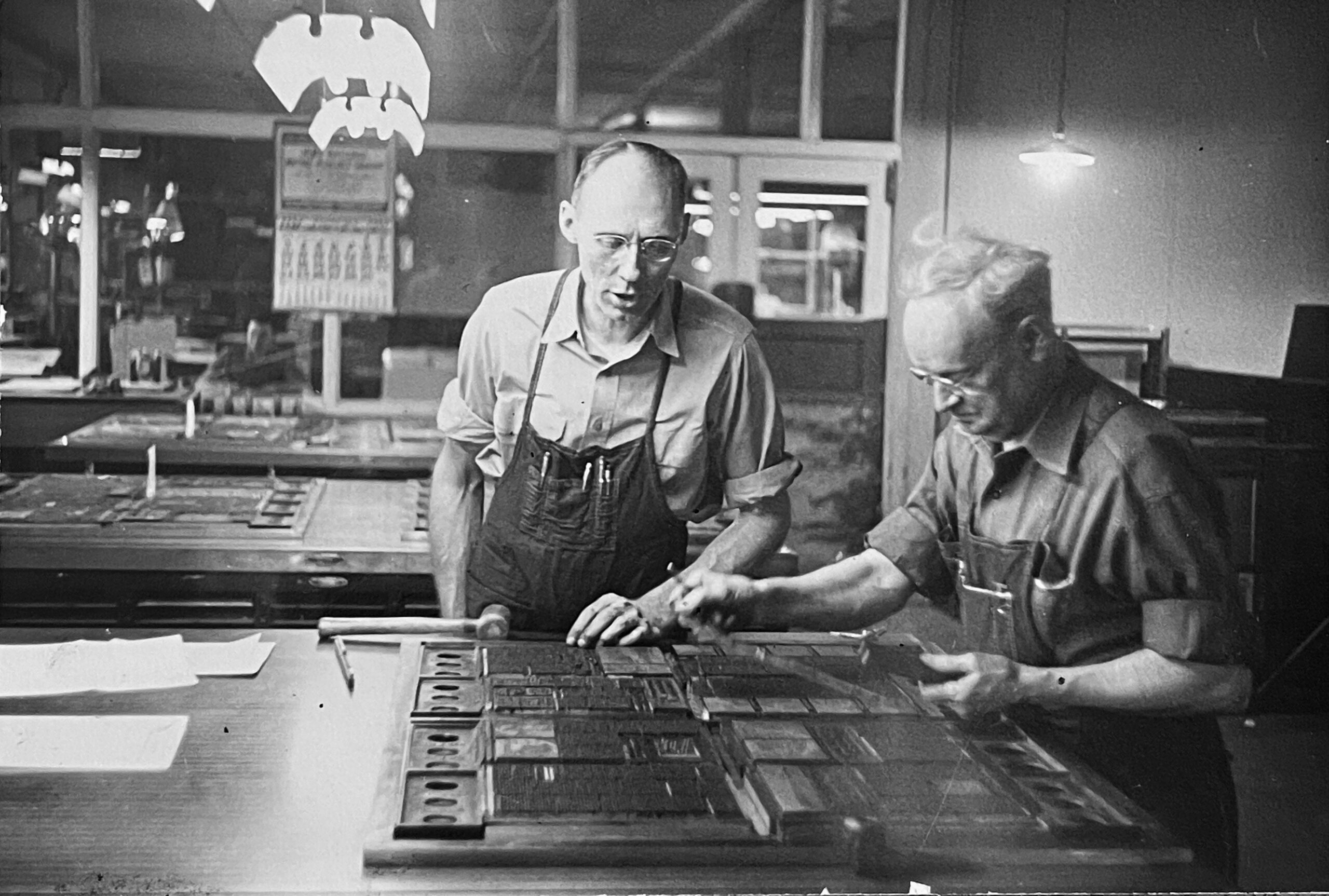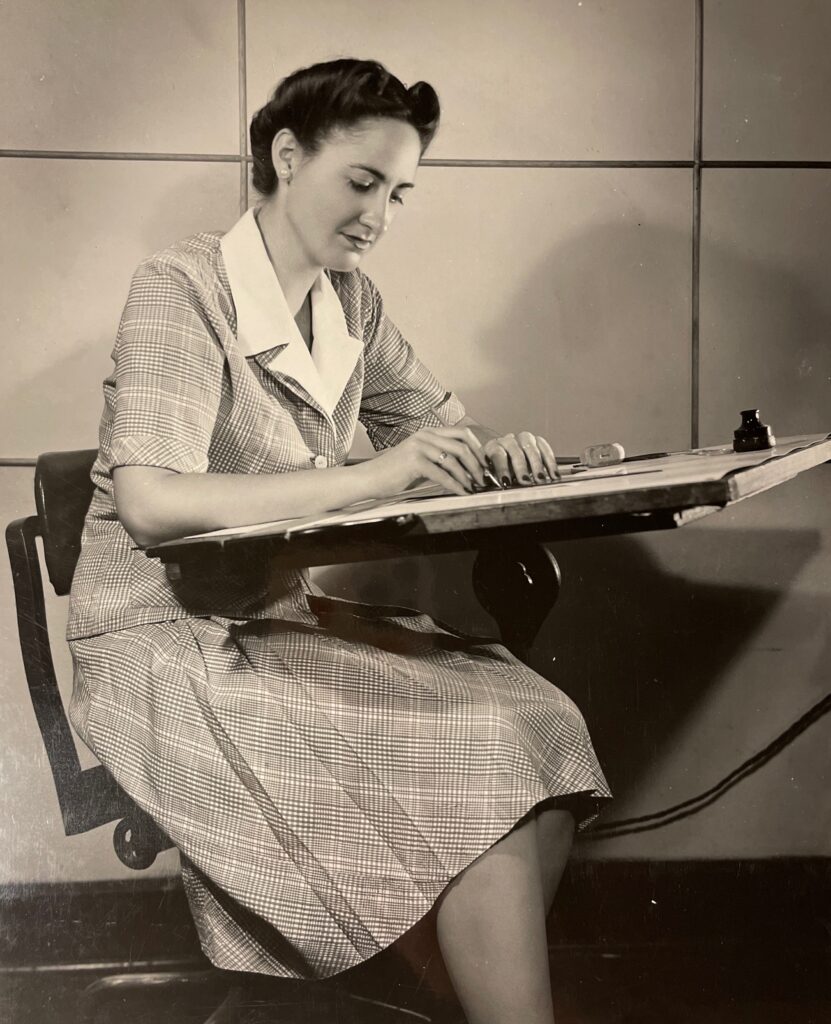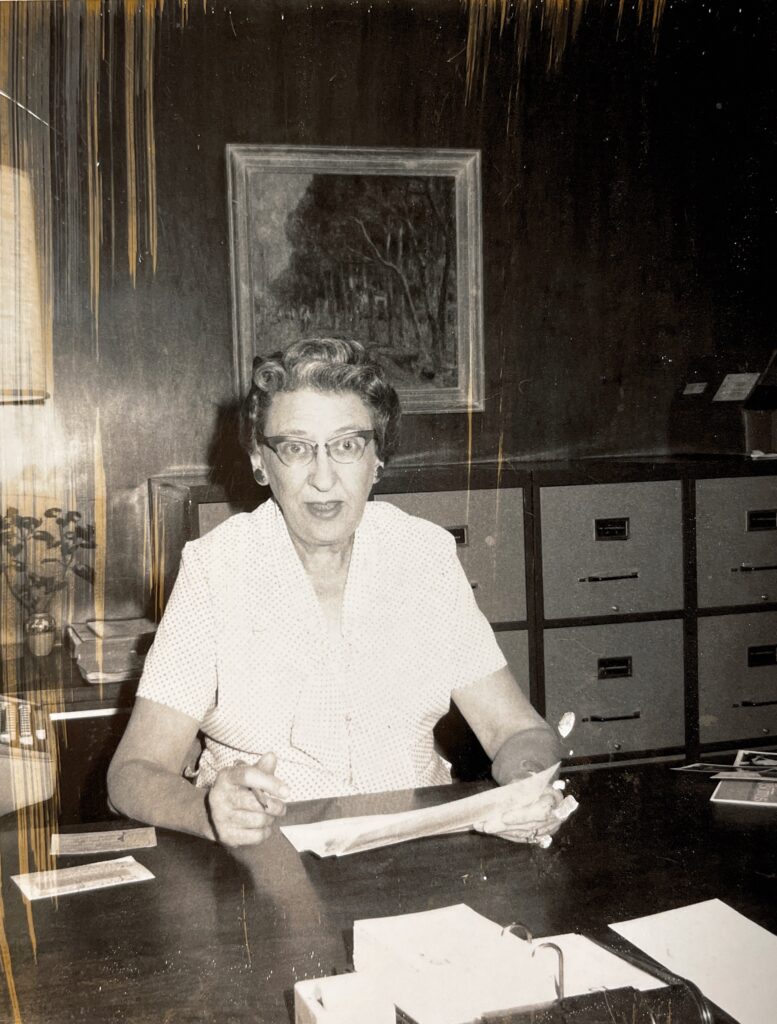
Bill Stamats
November 9, 2023

Though the French-Stamats Company had been in business for 20 years, this decade brought new challenges never encountered—operating a successful business during wartime.
The advent of World War II brought a halt to most homebuilding and decimated the field sales force headed to war. Thankfully, many of Stamats’ syndicated publication sponsors wanted to keep the Perfect Home magazine despite the wartime situation. Obtaining enough paper became a major concern as publishers of “non-essential” periodicals were strictly rationed and the Stamats allotment was woefully small. The purchase of Buildings magazine and National Real Estate Journal from Porter-Langtry in Chicago provided a solution, ensuring Stamats had an adequate paper supply for all its printing projects.
“With the acquisition of Buildings magazine and the National Real Estate Journal in 1942, the company really began to flourish in the commercial real estate market in addition to its success in residential real estate,” said Stamats President Peter S. Stamats.
The end of the war and the return of GIs brought renewed interest in home building, the growth of residential syndicated publications, and the move to a 40-hour (down from 44-hour), five-day work week. The company continued to operate as French-Stamats Company until 1944 when the name was changed to Stamats Publishing Company and incorporated as such in January 1947.
“Our growing success translated into a need for more space,” added Stamats. “In 1947, a new 16,000 square foot addition was completed, extending the plant an entire city block.”
Originally in the Chicago Board of Trade Building, the Buildings editorial and sales staff relocated to Cedar Rapids with the new addition. A side note: one young member of the Buildings staff was H.G. (Fed) Hedges (married to Herbert and Isabel Stamats’ daughter, Sally), who joined Stamats in 1946 and became the second president of Stamats in 1966.
By 1948, Stamats Publishing Company was considered one of the leading publishing houses in the Midwest and the largest user of postal services in Cedar Rapids (Cedar Rapids Gazette, February 8, 1948). In addition to their own publications, Stamats also printed several magazines for other organizations including The Railway Conductor, Baker’s Helper, Grocer’s Digest, and Farm Management.
Learn how we got to this point: 1923-1942: How It All Began
World War II also brought a fresh look to the Stamats workforce.
Though women had been employed in office positions since 1926, the war years and beyond saw more women in editorial, circulation, service, and bindery. Twenty women joined the Stamats workforce between 1943 and 1952, and 11 remained with the company for over 20 years.
“The 1940s was commonly a male-dominated workforce,” Stamats stated. “But our company was fairly forward-thinking in hiring and utilizing the talents of women in a wide variety of roles.”
Here are just a few of the many women who began in the 1940s, making Stamats their work home:


Related Reading: 1953-1962: The Decade of Expansion